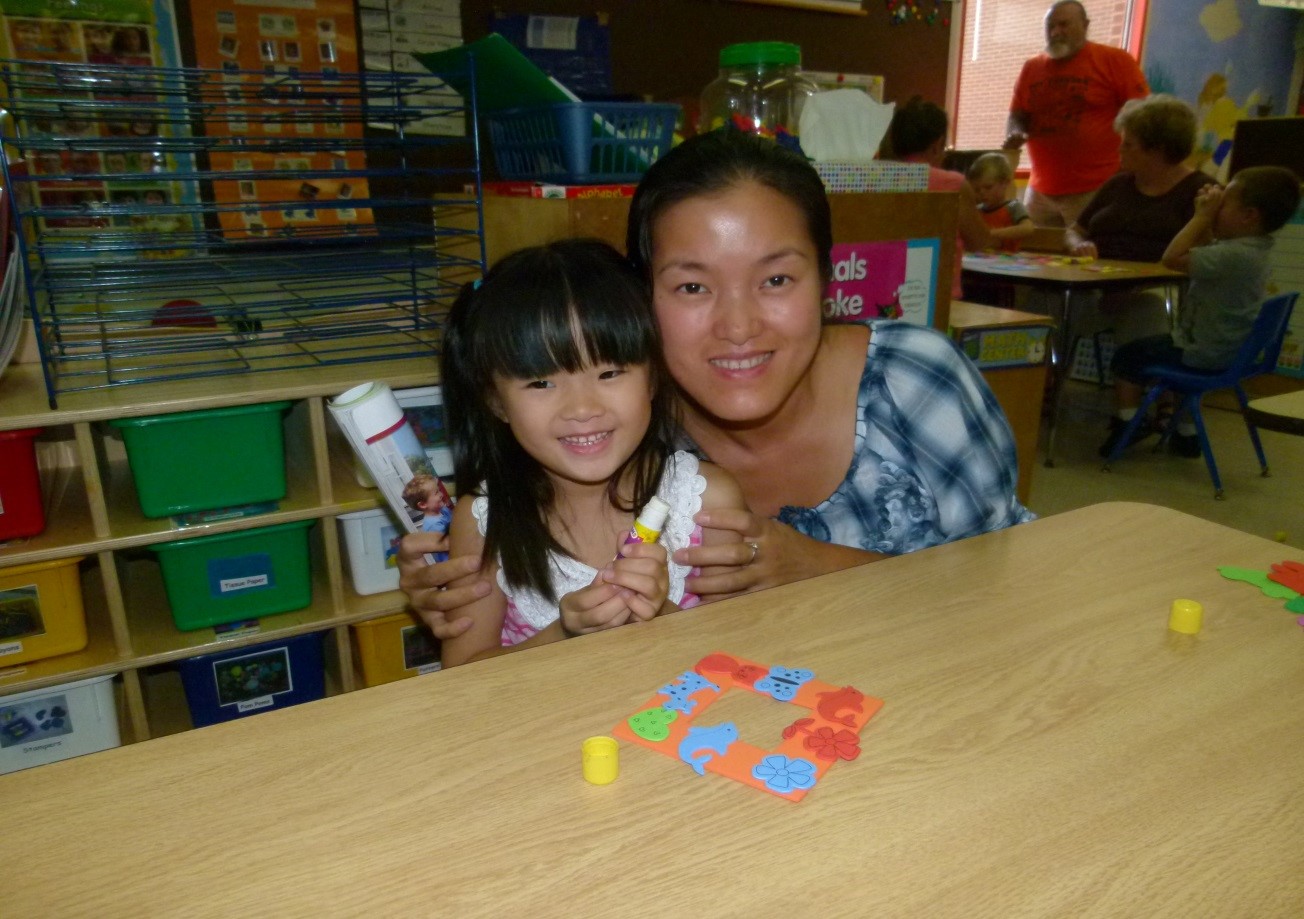
Today, 6.2 million rural Americans are living in poverty, including 1.5 million children. In far too many places, these high rates of poverty have persisted for generations: 85 percent of persistent poverty counties—that is, counties with poverty rates of over 20 percent in every Census since 1980—are rural.
In a week when Pope Francis reaffirmed his call for a more inclusive society that responds to the needs of those too often left behind, we must redouble our efforts to break the cycle of persistent poverty and ensure that all Americans—rural, urban, and tribal—have an opportunity to rise up to the middle class.
We know that rural and tribal communities face distinct challenges. Despite unprecedented investments in essential programs like telehealth and home visiting, rural access to critical health and social services often lags behind that in urban and suburban areas. Recognizing the need for innovative strategies for program delivery, in April 2015, the White House Rural Council launched “Rural Impact,” a cross-agency effort to combat poverty and improve upward mobility in rural and tribal places. As part of this initiative, in August, the Department of Health and Human Services (HHS) announced new demonstration project: Rural Integration Models for Parents and Children to Thrive (IMPACT) Demonstration.
Today, U.S Department of Agriculture Secretary Vilsack and HHS Acting Deputy Secretary Mary Wakefield announced the 10 Rural IMPACT Demonstration designees. These communities will receive intensive technical assistance, increased capacity through AmeriCorps VISTA volunteers, and participation in a peer learning network—all to help them adopt a comprehensive, whole-family framework for addressing child poverty.

The selected communities are:
-
Berea (KY), Partners for Education at Berea College (Serving Knox County, KY)
-
Blanding (UT), The San Juan Foundation (Serving San Juan County, UT)
-
Blytheville (AR), Mississippi County, Arkansas Economic Opportunity Commission, Inc. (Serving Mississippi County, AR)
-
Hillsboro (OH), Highland County Community Action Organization, Inc. (Serving Highland County, OH)
-
Hugo (OK), Little Dixie Community Action Agency, Inc. (Serving Choctaw, McCurtain and Pushmataha Counties)
-
Jackson (MS), Friends of Children of Mississippi, Inc. (Serving Issaquena, Sharkey and Humphreys Counties, MS)
-
Machias (ME), Community Caring Collaborative (Serving Washington County, ME)
-
Marshalltown (IA), Mid‐Iowa Community Action, Inc. (Serving Marshalltown, IA)
-
Oakland (MD), Garrett County Community Action Committee and the Allegany Human Resources Development Commission (Serving Garrett and Allegany Counties, MD
-
White Earth (MN), White Earth Reservation Tribal Council (Serving Mahnomen County and portions of Clearwater and Becker Counties)
For many families experiencing poverty, there is no silver bullet to achieving economic security. Instead, the Rural IMPACT Demonstration acknowledges the promise of engaging entire families in evidence-based programs and services, from early childhood education and healthcare to postsecondary education and workforce development. Through the Demonstration, targeted technical assistance will help communities adopt a two-generation approach to programs, policies, and systems to better meet the needs of low-income kids and parents. In practice, that means supporting things like physical colocation of programs and services, universal “no wrong door” intake, and enhanced use of technology to deliver services.
“Rural America faces a unique set of challenges when it comes to combating poverty in our towns and communities. Too often, rural people and places are hard to reach, suffer from a lack of capital, or are otherwise underserved, and that impacts rural children the most,” said Agriculture Secretary Tom Vilsack. “The 10 Rural IMPACT pilot projects represent the next step in our efforts to maximize the impact of Federal investments so that we better meet the needs of vulnerable children and families.”
These 10 selected communities are truly leaders in two-generation service delivery.
For example, White Earth Nation, recognizing the importance of innovative new approaches to tackle persistent child poverty, recently implemented a new case management system called WECARE, so that disparate data systems and programs work together to provide services that wrap around the entire family. Rather than having families go to several different places for essential programming, the WECARE case management system reduces duplication and meets families where they are.
And in Appalachian Maryland, Garrett County Community Action Committee and Allegany Human Resources Development Commission has pioneered an integrated service delivery system through a pathway planning model that focuses on both economic security of the family and school readiness of the child.
In all 10 Rural IMPACT sites, by embedding a two-generation approach in programs and systems, the Administration anticipate improvements in service delivery, program participation, and most importantly, better outcomes for low-income children and families.
Doug O’Brien is Senior Policy Advisor for Rural Affairs with the White House Domestic Policy Council.

